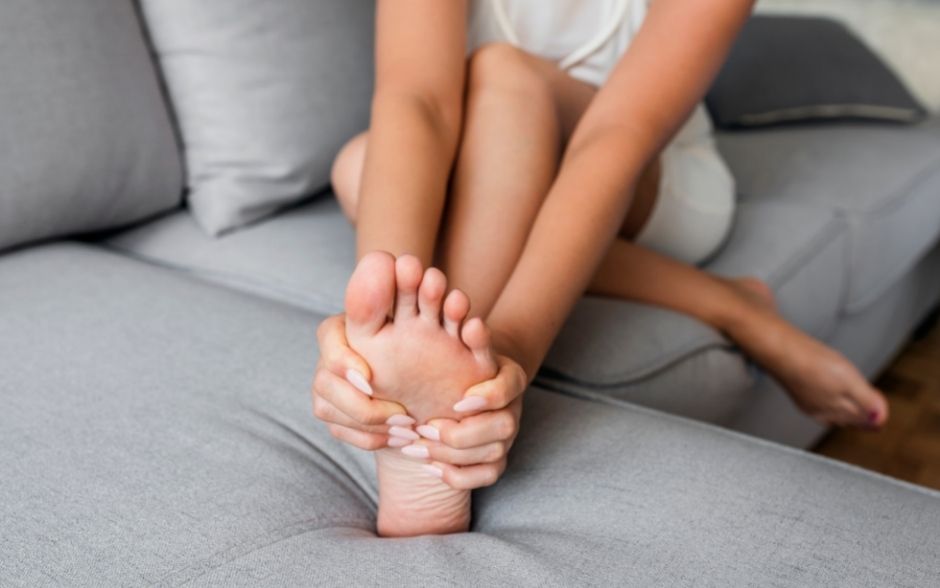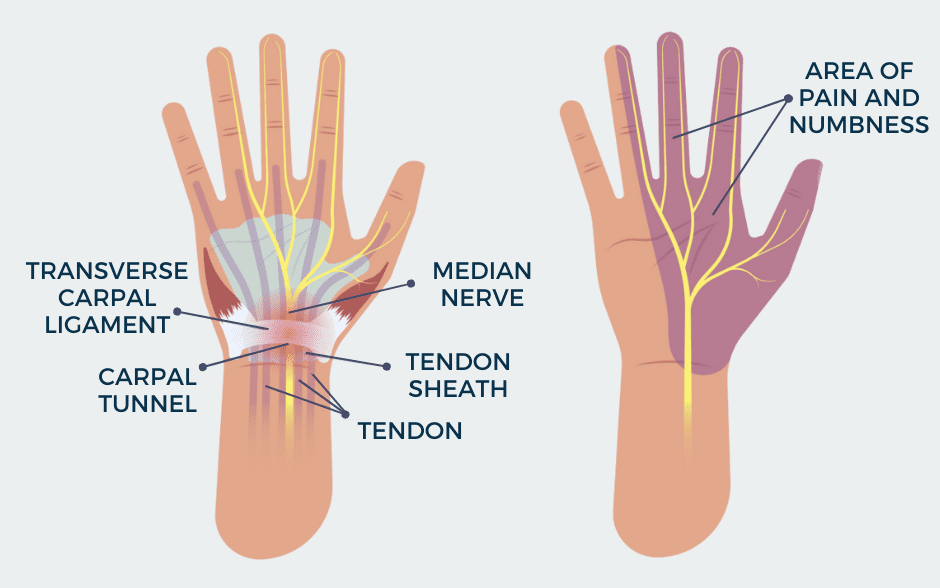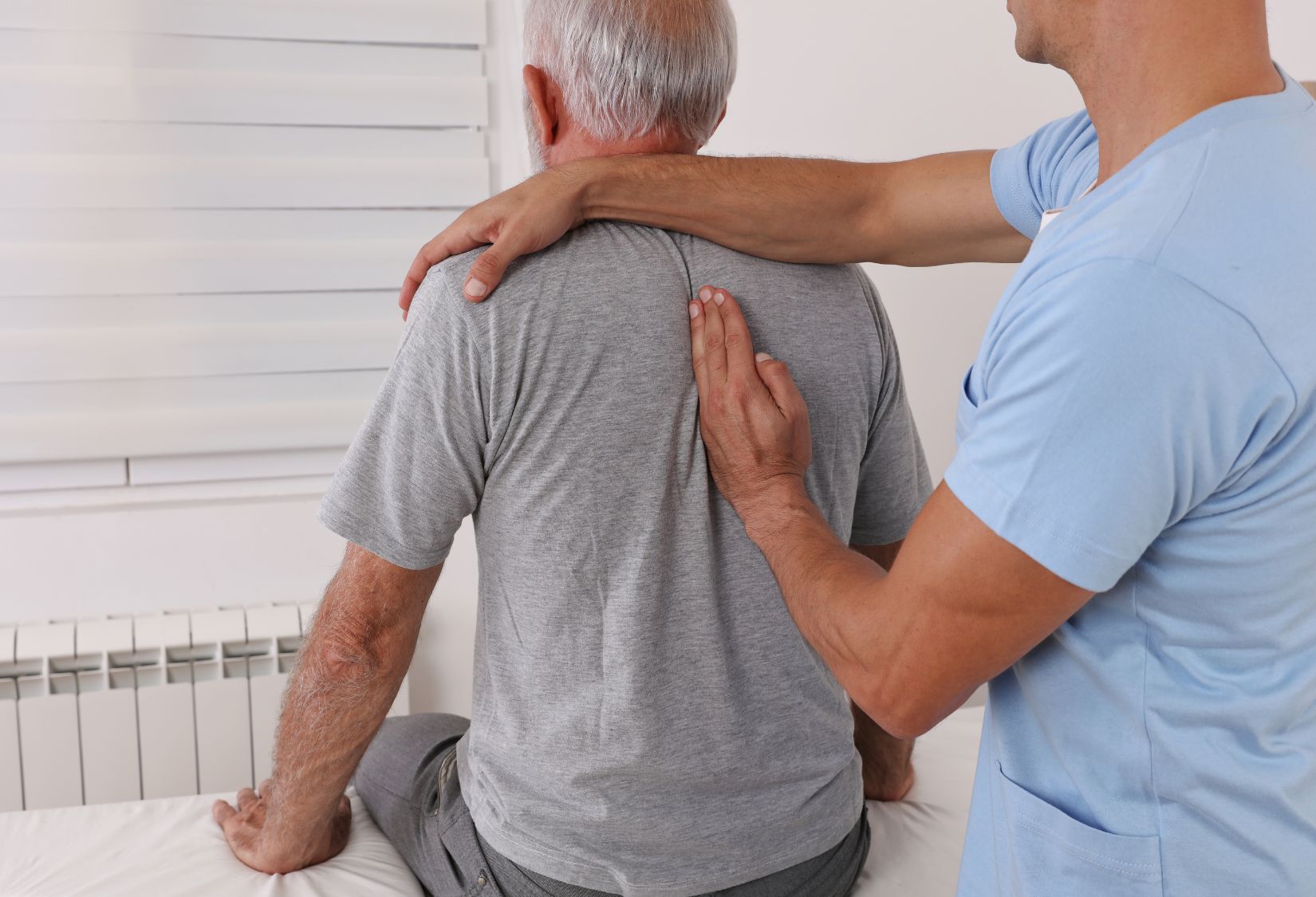Usually, we pay little to no attention to our feet, unaware of the fact that they are an extremely complex and important part of the body. Not only that, but such a small surface must also support the weight of the whole body, while acting as a shock absorber to reduce the impact we feel when walking or running. So, it’s no wonder that we often suffer from foot problems, like plantar fasciitis.
We asked one of our therapists, Kris Krasowski, about the most common foot conditions that patients come to the clinic with.
Kris, what kind of foot problems do you encounter most often in your practice?
Kris: Injury, overuse, arthritis, or conditions causing inflammation involving any of the bones, ligaments, or tendons in the foot are prevalent; however, the most common condition is plantar fasciitis. According to the Cleveland Clinic, two million patients get treatment for plantar fasciitis annually. It typically causes a stabbing pain in the bottom of the foot near the heel. The pain is usually the worst in the first few steps after awakening, although it can also be triggered by long periods of standing or when we get up from sitting.
What are the causes of plantar fasciitis?
Kris: The plantar fascia is a tough, fibrous band of tissue that runs along the sole and connects our heel bone (calcaneus) to the base of the toes. It acts as a shock absorber and supports the arch of the foot. It also plays an important role in normal foot mechanics during walking. With overuse or in time, the fascia loses some of its elasticity or resilience and can become irritated with routine daily activities. Too much pressure on our feet can damage or tear the ligaments. The plantar fascia becomes inflamed, and the inflammation causes heel pain and stiffness, called plantar fasciitis.
What is the difference between plantar fasciitis and a heel spur?
Kris: Plantar fasciitis and heel spurs are two separate conditions; however, they are often related. Plantar fasciitis is caused by stress and damage to the plantar fascia ligament. About 50 percent of people with plantar fasciitis also have a bone spur. Heel spurs often develop as a secondary result of plantar fasciitis. When the plantar fascia ligament is damaged, the body creates small, sharp calcium deposits (heel spurs) in an attempt to support the damaged fascia. Heel spurs, however, are not usually responsible for causing heel pain on their own. Rather, the pain is typically due to the foot condition that caused the spur, such as plantar fasciitis.
What are the risk factors for plantar fasciitis?
Kris: Even though plantar fasciitis can develop without an obvious cause, some factors can increase the risk of developing this condition. It is more common in women between the ages of 40 and 60. Factory workers, teachers, and others who spend most of their work hours walking or standing on hard surfaces can be at increased risk of plantar fasciitis. Overweight, wearing high-heeled or worn-out shoes with thin soles – all of them contribute to the occurrence of the condition. Foot mechanics also play a role in developing the condition. Flat feet, a high arch, or even an atypical pattern of walking can affect the way weight is distributed when we stand and can put added stress on the plantar fascia.
How is plantar fasciitis treated?
Kris: Firstly, we have to specify what is causing the problem, as this determines the type of therapy we apply. Some patients require surgical intervention or an anti-inflammatory injection, but usually, good rehabilitation is enough to alleviate the pain. At our clinic, we primarily use highly specialized manual therapy treatments combined with gentle stretching exercises and modalities such as cold laser therapy or ultrasound, which usually bring really good results. We ask our patients to pay attention to the shoes they wear – they should choose ones that correctly support their feet. It is recommended to use shoe inserts to relieve the plantar fascia and correct foot positioning. Custom-made orthotic insoles, available at our clinic, significantly improve the effectiveness of the treatment.
What should we do when we start to feel heel pain?
Kris: Seek the help of a physical therapist as soon as possible. Half of the success in treating this condition lies in the quick response time. If you are not sure whether rehabilitation will help you, you can always schedule a free consultation at PDR. The therapist will evaluate the problem and will advise what the next step should be on your way to recovery.
Suffering from foot pain? Click here to schedule your Complimentary Consultation with one of our experienced therapists to start feeling and moving better.



















